Home>Interior Design>Kids’ Room Paint Ideas: How To Choose Paint For A Child’s Room
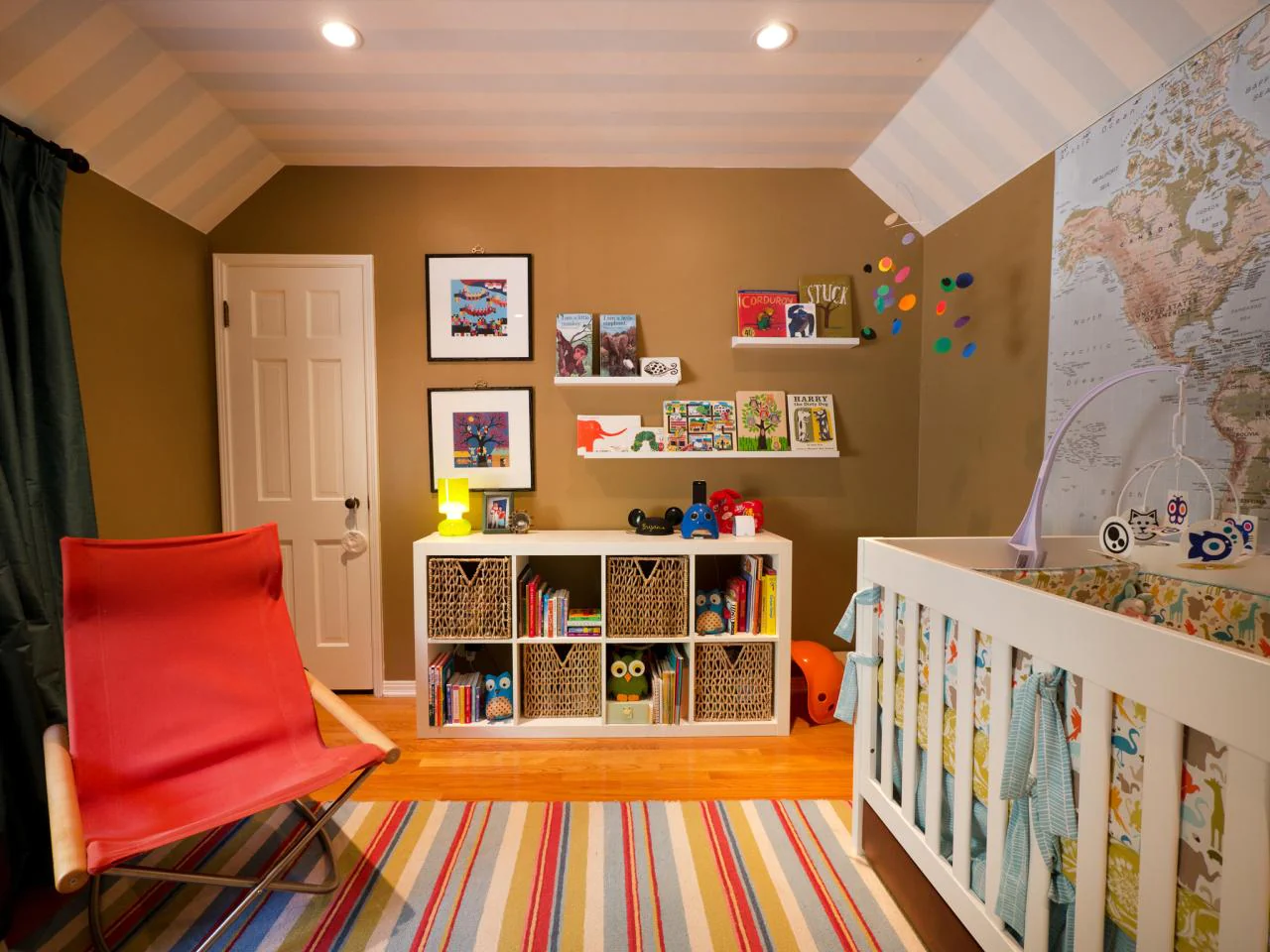

Interior Design
Kids’ Room Paint Ideas: How To Choose Paint For A Child’s Room
Modified: January 9, 2024
Discover the best interior design ideas for kids' rooms, including tips on choosing the perfect paint colors to create a vibrant and playful space for your child.
(Many of the links in this article redirect to a specific reviewed product. Your purchase of these products through affiliate links helps to generate commission for Storables.com, at no extra cost. Learn more)
Introduction
When it comes to designing a child’s room, choosing the right paint color is a crucial decision. Not only does the color of a room have a significant impact on its overall look and feel, but it can also affect the mood and behavior of your child. Whether you’re designing a nursery for your newborn or giving your child’s bedroom a makeover, the paint you choose plays a vital role in creating a space that is visually appealing, comfortable, and stimulating.
As you embark on your journey to select the perfect paint for your child’s room, there are several factors to consider. From the color options to the type of finish, each decision you make will contribute to the overall ambiance of the space. Additionally, incorporating creative painting techniques and themed designs can make the room truly unique and inspiring.
In this article, we will explore various aspects of choosing paint for a child’s room. We will discuss popular color options, different finishes to consider, accent wall ideas, themed room designs, creative painting techniques, and safety considerations. By the end of this article, you will have all the information you need to create a beautiful and captivating space that your child will love.
Key Takeaways:
- Choose paint colors based on your child’s age, preferences, and the desired mood and atmosphere. Consider factors like lighting, durability, and safety to create a visually appealing and stimulating environment that promotes relaxation and creativity.
- Incorporate creative accent walls, themed designs, and kids’ artwork using unique painting techniques to personalize your child’s room. Prioritize safety by choosing non-toxic, low-VOC paints, ensuring proper ventilation, and following manufacturer instructions for a worry-free painting experience.
Read more: How To Choose A Painting For Living Room
Factors to consider when choosing paint for a child’s room
Before diving into the world of colors and finishes, it’s essential to consider a few factors that will guide you in selecting the right paint for your child’s room.
1. Age and preferences: Take into account your child’s age and personal preferences. Younger children may be drawn to bright and vibrant colors, while older children may have their own favorite colors or themes in mind. Involving your child in the decision-making process can make them feel more connected to their space.
2. Mood and atmosphere: Think about the mood and atmosphere you want to create in the room. Warm and soothing colors like soft blues and pastel yellows can promote relaxation, while bold and energetic colors like red and orange can stimulate creativity and activity. Consider the purpose of the room and choose a color that aligns with that objective.
3. Lighting: Pay attention to the natural and artificial lighting in the room. Colors can appear different depending on the lighting conditions. Test paint samples in different areas of the room to see how they look under different lighting situations. Consider using lighter colors if the room has limited natural light.
4. Durability and cleanability: Kids can be messy, and their rooms can easily become a landing ground for spills, smudges, and little artistic endeavors. Look for paint that is durable and easy to clean. Opt for washable or scrubbable finishes that can withstand daily wear and tear.
5. Safety: Ensure that the paint you choose for your child’s room is safe and non-toxic. Look for paints that are labeled as low- or zero-VOC (Volatile Organic Compounds) to minimize exposure to harmful chemicals. It’s always better to prioritize the health and well-being of your child.
By considering these factors, you can make an informed decision when choosing paint for your child’s room. It’s essential to create a space that reflects your child’s personality, promotes their well-being, and can adapt to their growing needs.
Popular color options for kids’ rooms
Choosing the right color for your child’s room can set the tone for the entire space. Here are some popular color options that are sure to create a visually appealing and stimulating environment:
- Soft Pastels: Soft pastel colors like baby blue, light pink, and muted mint green are often a popular choice for nurseries and young children’s rooms. These colors create a calming and soothing atmosphere, perfect for promoting relaxation and sleep.
- Bright and Bold: If you want to inject energy and vibrancy into your child’s room, consider using bright and bold colors. Shades of red, orange, and yellow can create a playful and energetic space. However, it’s important to balance these colors with neutral tones or use them as accent colors to avoid overwhelming the room.
- Nature-inspired hues: Colors found in nature, such as shades of green, can evoke a sense of tranquility and connection to the outdoors. Light greens reminiscent of grass and leaves can create a refreshing and organic feel in the room.
- Gender-neutral tones: Many parents opt for gender-neutral color palettes, especially if they have multiple children sharing a room or if they want to create a space that can grow with their child. Shades of gray, beige, and muted pastels can work well in creating a versatile and timeless room design.
- Monochrome magic: Another trendy option for kids’ rooms is to go for a monochrome color scheme. Using varying shades of a single color can create a cohesive and sophisticated look. For example, shades of blue paired with white accents can create a serene and elegant bedroom for your child.
Remember, the color you choose for your child’s room should reflect their personality and create an environment that nurtures their growth and development. Don’t be afraid to think outside the box and explore unique color combinations that align with your child’s interests and preferences.
Choosing the right finish for kids’ room paint
When it comes to selecting the right finish for your child’s room paint, there are a few options to consider. Each finish has its own pros and cons, so it’s important to choose one that suits both the aesthetic and functional needs of the space.
- Eggshell or Satin: Eggshell and satin finishes are popular choices for kids’ rooms. They offer a subtle sheen and are fairly easy to clean. These finishes are durable enough to withstand everyday wear and tear while providing a smooth and stylish look to the walls. They are especially suitable for bedrooms and play areas.
- Matte or Flat: Matte or flat finishes are non-reflective and provide a smooth, velvety appearance. They are great for hiding imperfections on the walls and creating a more sophisticated look. However, keep in mind that matte finishes can be more challenging to clean, and they may show stains or marks more easily than other finishes.
- High-gloss: High-gloss finishes have a shiny and reflective appearance. They are extremely durable and easy to clean, making them an excellent choice for areas prone to spills and stains, such as playrooms or art spaces. However, their reflective nature may highlight any imperfections on the walls, so make sure the surface is properly prepared before applying a high-gloss finish.
- Chalkboard or Magnetic: For an interactive and creative touch, you can consider using specialty finishes like chalkboard or magnetic paint. Chalkboard paint allows your child to draw and write on the walls using chalk, while magnetic paint turns the walls into a magnetic surface for hanging artwork and photos.
When selecting the finish, it’s also important to consider the age of your child and the specific needs of the room. Younger children may benefit from a washable finish that is easy to clean, while older children may enjoy the freedom of doodling on a chalkboard wall. Taking these factors into account will ensure that the paint finish enhances the functionality and aesthetic appeal of the room.
Remember to always prepare the walls properly before applying any paint finish. This includes cleaning the surface, filling in any holes or cracks, and priming the walls for better adhesion and durability. By choosing the right finish and properly preparing the walls, you can create a beautiful and long-lasting paint job that will withstand your child’s activities and adventures.
Accent wall ideas for a child’s room
Creating an accent wall in your child’s room is a fantastic way to add visual interest, bring in pops of color, and showcase their unique personality. Here are some creative accent wall ideas that can transform a plain room into a captivating space:
- Wallpaper: Wallpaper can instantly add character and charm to a room. Opt for colorful patterns, whimsical designs, or nature-inspired motifs that resonate with your child’s interests. Consider using peel-and-stick wallpaper for easy installation and removal, allowing you to change the design as your child grows.
- Stripes: Painting stripes on an accent wall can create a playful and dynamic effect. Horizontal stripes can make the room appear wider, while vertical stripes can give the illusion of height. Choose two or three complementing colors and alternate the widths of the stripes for a visually striking result.
- Mural: Transform an entire wall into a work of art with a mural. Whether it’s a mural showcasing your child’s favorite characters, a nature scene, or a fantasy world, a mural can stimulate imagination and create a focal point in the room. Consider hiring a professional mural artist or exploring removable wall decals for an easier and temporary option.
- Geometric shapes: Experiment with geometric shapes to create a modern and visually appealing accent wall. Use painter’s tape to create crisp and clean lines, and choose a color palette that complements the rest of the room. Hexagons, triangles, and squares are popular choices that can add a contemporary touch to the space.
- Chalkboard wall: Create an interactive and creative accent wall by painting it with chalkboard paint. Your child will have endless opportunities to draw, write, and express their creativity directly on the wall. It also serves as a functional surface for reminders and daily activities.
Remember, an accent wall is meant to stand out and make a statement, so don’t be afraid to get creative and have fun with it. Consider your child’s interests and preferences when choosing an accent wall idea to ensure that it reflects their personality and makes the room truly unique.
When choosing paint for a child’s room, consider using low-VOC or zero-VOC paint to minimize exposure to harmful chemicals. Opt for washable and durable finishes to withstand the wear and tear of kids’ activities.
Read more: How To Choose A Living Room Rug
Tips for creating a themed room with paint
Designing a themed room for your child can be an exciting and fun project. One of the key elements in bringing the theme to life is through the use of paint. Here are some tips to help you create a themed room using paint:
- Choose the right color palette: Select a color palette that aligns with the theme you want to create. For example, a space-themed room could incorporate shades of blue, black, and silver, while a princess-themed room may feature soft pastels and glitter accents. The colors will set the foundation and evoke the desired atmosphere.
- Add murals or decals: Murals and decals can be excellent ways to enhance the theme and create a focal point in the room. Consider painting a mural or using decals that feature elements related to the theme, such as animals, characters, or scenery. These artistic additions can make the room feel immersive and bring the theme to life.
- Use stencils: Stencils are a versatile tool that allows you to create intricate designs without the need for professional painting skills. They come in various patterns and shapes, making it easy to add theme-related elements, such as stars, animals, or sports equipment, to the walls. Stenciling can add depth and visual interest to the room’s design.
- Consider texture: Texture can add depth and dimension to the walls, further enhancing the theme. Depending on the theme, you may opt for a weathered look, textured wallpaper, or use faux painting techniques to mimic textures like brick, wood, or clouds. Texture can create a more immersive experience and make the room feel like a true reflection of the theme.
- Coordinate with furniture and accessories: To fully bring the theme together, coordinate the wall colors and designs with the furniture and accessories in the room. Choose bedding, curtains, rugs, and artwork that complement the theme and tie the overall look of the room together. This cohesive approach will create a visually unified and immersive environment.
Creating a themed room requires careful planning and attention to detail. Incorporating paint techniques and designs that align with the theme will ensure a cohesive and visually stunning space. Remember to involve your child in the decision-making process to make their room truly reflective of their interests and preferences.
Incorporating kids’ artwork into the room’s paint design
One of the most special ways to personalize a child’s room is by incorporating their own artwork into the paint design. By displaying your child’s creations on the walls, you not only create a unique and meaningful space, but you also foster their creativity and boost their sense of pride. Here are some ideas on how to incorporate kids’ artwork into the room’s paint design:
- Create a gallery wall: Designate an entire wall as a gallery space to showcase your child’s artwork. Paint the wall with a neutral or complementary color to allow the artwork to take center stage. Use frames or simply hang the artwork directly on the wall using colorful clips or washi tape. This not only adds a personal touch but also creates a rotating display where new artwork can be added over time.
- Artistic mural collaboration: Turn your child’s artwork into a mural by enlarging selected pieces and including them as part of a larger painted design. This can be done by tracing or projecting the artwork onto the wall and then painting around it. Paint additional elements or scenery to create a cohesive and interactive mural that combines your child’s artwork with painted elements.
- Customized borders or patterns: Incorporate your child’s artwork by incorporating it into borders or patterns on the walls. For example, you can turn your child’s drawings or paintings into stencils and use them to create a border around the room or as a repeating pattern on an accent wall. This adds a personal and whimsical element to the room’s overall design.
- Art-inspired color palette: Use your child’s artwork as inspiration for the color palette of the room. Analyze their artwork and identify the dominant colors or combinations that stand out. Incorporate these colors into the room’s paint design, whether by painting the walls in those shades or using them as accents through furniture, décor, or painted shapes.
- Creative nameplates: Turn your child’s name into a work of art by having them paint or decorate individual letters. These personalized nameplates can then be hung on the wall or displayed on shelves. This not only adds a personal touch but also serves as a way to celebrate their creativity and individuality.
By incorporating your child’s artwork into the room’s paint design, you create a space that truly reflects their personality, showcases their talent, and instills a sense of pride. It’s a wonderful way to celebrate their creativity and create a one-of-a-kind room that they can feel connected to.
Creative painting techniques for kids’ rooms
When it comes to designing a child’s room, painting techniques can add a touch of creativity and whimsy to the space. These techniques can make the room feel unique and exciting, capturing your child’s imagination. Here are some creative painting techniques to consider:
- Ombre: Create a stunning gradient effect on the walls by using the ombre technique. Choose two or more colors that blend well together and gradually fade from one color to another. This technique can be achieved by blending the colors while the paint is still wet or by layering the colors in a gradual manner.
- Stripes or chevrons: Use painter’s tape to create crisp lines and paint alternating stripes or chevrons on the walls. This technique adds a playful and dynamic touch to the room’s design. Experiment with different widths and colors to achieve different effects.
- Sponge painting: Sponge painting is a fun and easy technique that can add texture and depth to the walls. Dip a sponge into paint and lightly dab it onto the wall to create a mottled or textured effect. This technique works well for creating backgrounds or adding a touch of whimsy to a themed room.
- Stenciling: Stencils are a versatile tool that allows you to create intricate designs on the walls without the need for advanced painting skills. Choose stencils that match the theme or interests of your child and use them to create patterns, shapes, or even words on the walls. Stenciling can add visual interest and make the room feel customized.
- Glow-in-the-dark paint: For an extra dose of fun, consider using glow-in-the-dark paint. Apply this special paint on the walls, focusing on elements such as stars, planets, or other themed designs. When the lights are turned off, these painted elements will emit a soft glow, creating a magical and enchanting atmosphere in the room.
These creative painting techniques can easily transform a child’s room into a space that is truly unique and inspiring. Don’t be afraid to experiment with different techniques or even combine them to achieve the desired effect. Remember to involve your child in the process and let their imagination soar as they contribute to the design of their own space.
Safety considerations when painting a child’s room
When painting a child’s room, it’s essential to prioritize their safety and well-being. Here are some important safety considerations to keep in mind:
- Choose non-toxic, low-VOC paint: Look for paints that are labeled as non-toxic and have low levels of Volatile Organic Compounds (VOCs). VOCs are potentially harmful chemicals that can be released into the air during and after painting. Opting for low-VOC paint reduces the risk of exposure to these chemicals and creates a healthier indoor environment for your child.
- Ventilation: Ensure that the room is properly ventilated during the painting process and afterward. Open windows and use fans to circulate fresh air. This helps to minimize the inhalation of paint fumes and allows any residual odors to dissipate quickly.
- Protective equipment: When painting, always wear appropriate protective equipment, such as gloves, goggles, and a mask. This is especially important if you are using paints that contain harsh chemicals or allergenic substances. Additionally, consider keeping your child out of the room or in a well-ventilated area while the painting is taking place.
- Keep paint out of reach: Store paint containers, brushes, and other painting supplies in a safe place out of your child’s reach. Children may be curious and tempted to explore the materials, which can pose a safety risk. Additionally, make sure to properly seal and secure any leftover paint containers to prevent accidental spills or ingestion.
- Protect flooring and furniture: Cover the floor and any furniture in the room with drop cloths or plastic sheets to protect them from paint spills or splatters. This will help prevent damage and make the cleanup process easier.
- Follow manufacturer instructions: Always read and follow the manufacturer’s instructions and guidelines when using paint products. These instructions provide important information regarding proper application, drying times, and safety precautions. Adhering to these instructions ensures not only the best results but also maintains a safe environment for your child.
- Consider childproofing: If your child is at an age where they can reach and potentially interact with the painted surfaces, consider childproofing measures. This may include using non-toxic sealants to prevent chipping or peeling, avoiding small or detachable decorative elements that can be a choking hazard, and ensuring that any electrical outlets or cords are properly covered or secured.
Paying attention to these safety considerations will help you create a safe and healthy environment for your child during the painting process and beyond. By taking the necessary precautions and selecting safe paint products, you can ensure a beautiful and worry-free result for your child’s room.
Read more: How To Choose Sofa For Living Room
Conclusion
Designing a child’s room is an exciting opportunity to create a space that is not only visually appealing but also nurtures their growth and imagination. Choosing the right paint color, finish, and incorporating creative techniques can transform a bland room into a captivating and personalized haven for your child.
When selecting paint for a child’s room, consider factors such as their age, preferences, desired mood, lighting, durability, and safety. Popular color options range from soft pastels to vibrant and bold hues. The choice of finish, whether it’s eggshell, matte, or high-gloss, depends on the room’s needs and functionality. Adding an accent wall, through wallpaper, murals, or creative painting techniques, can instantly elevate the room’s design and theme.
Themed rooms, incorporating kids’ artwork, or using unique painting techniques, add an extra layer of creativity and personalization. Whether it’s through stenciling, ombre effects, or glow-in-the-dark paint, these techniques make the room truly one-of-a-kind and reflective of your child’s interests and imagination.
While embarking on the painting process, it’s crucial to prioritize safety. Choose non-toxic, low-VOC paints, ensure proper ventilation, and use protective equipment. Keep paint and supplies out of your child’s reach, protect flooring and furniture, and follow manufacturer instructions for a safe and successful painting experience.
In conclusion, creating a beautiful and engaging space for your child involves thoughtful paint selection, creative techniques, and safety considerations. By considering their preferences, using innovative painting techniques, and incorporating their artwork, you can design a room that sparks their imagination, fosters their creativity, and provides a safe and comfortable environment for them to thrive in.
Frequently Asked Questions about Kids' Room Paint Ideas: How To Choose Paint For A Child's Room
Was this page helpful?
At Storables.com, we guarantee accurate and reliable information. Our content, validated by Expert Board Contributors, is crafted following stringent Editorial Policies. We're committed to providing you with well-researched, expert-backed insights for all your informational needs.
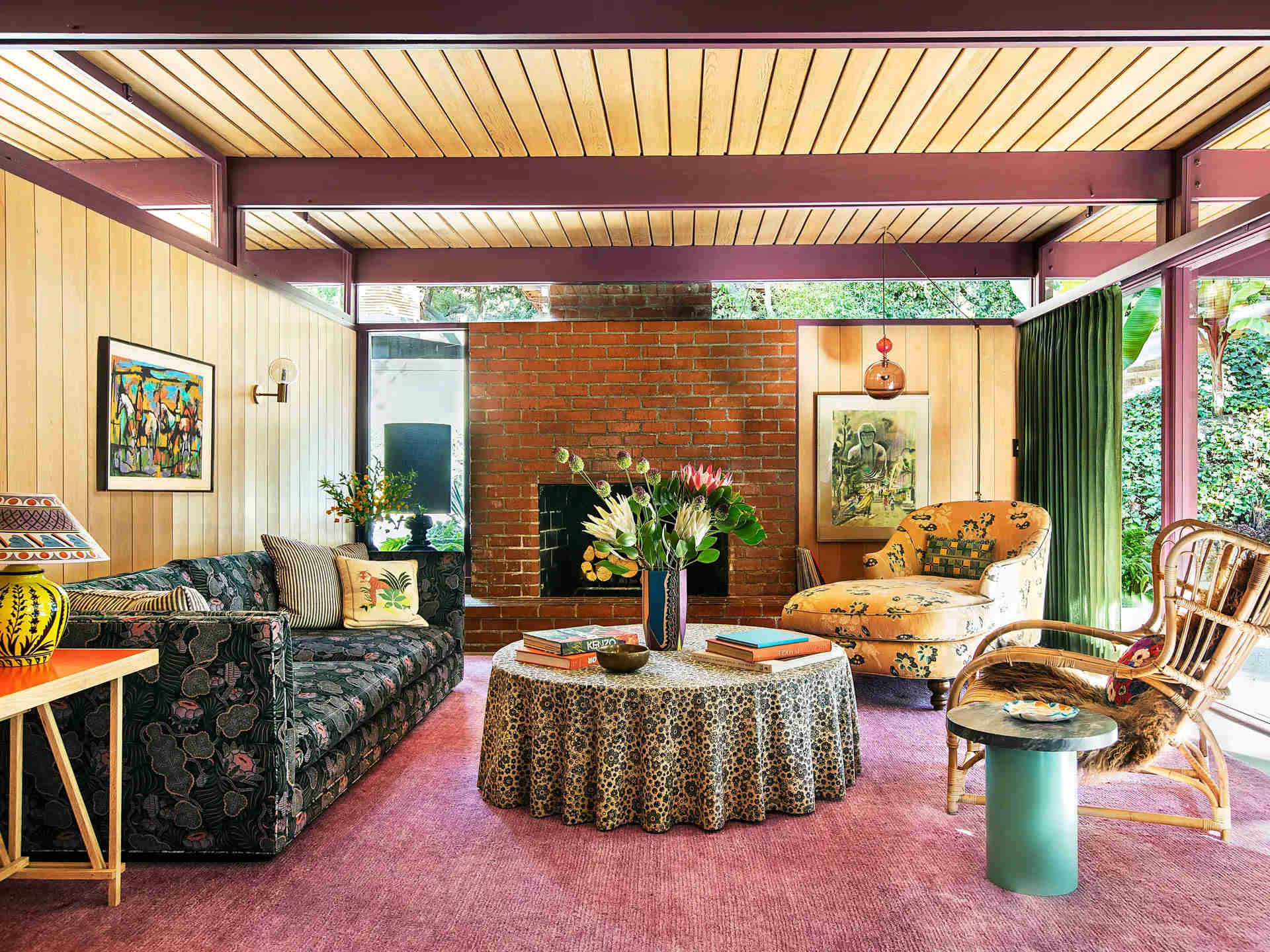
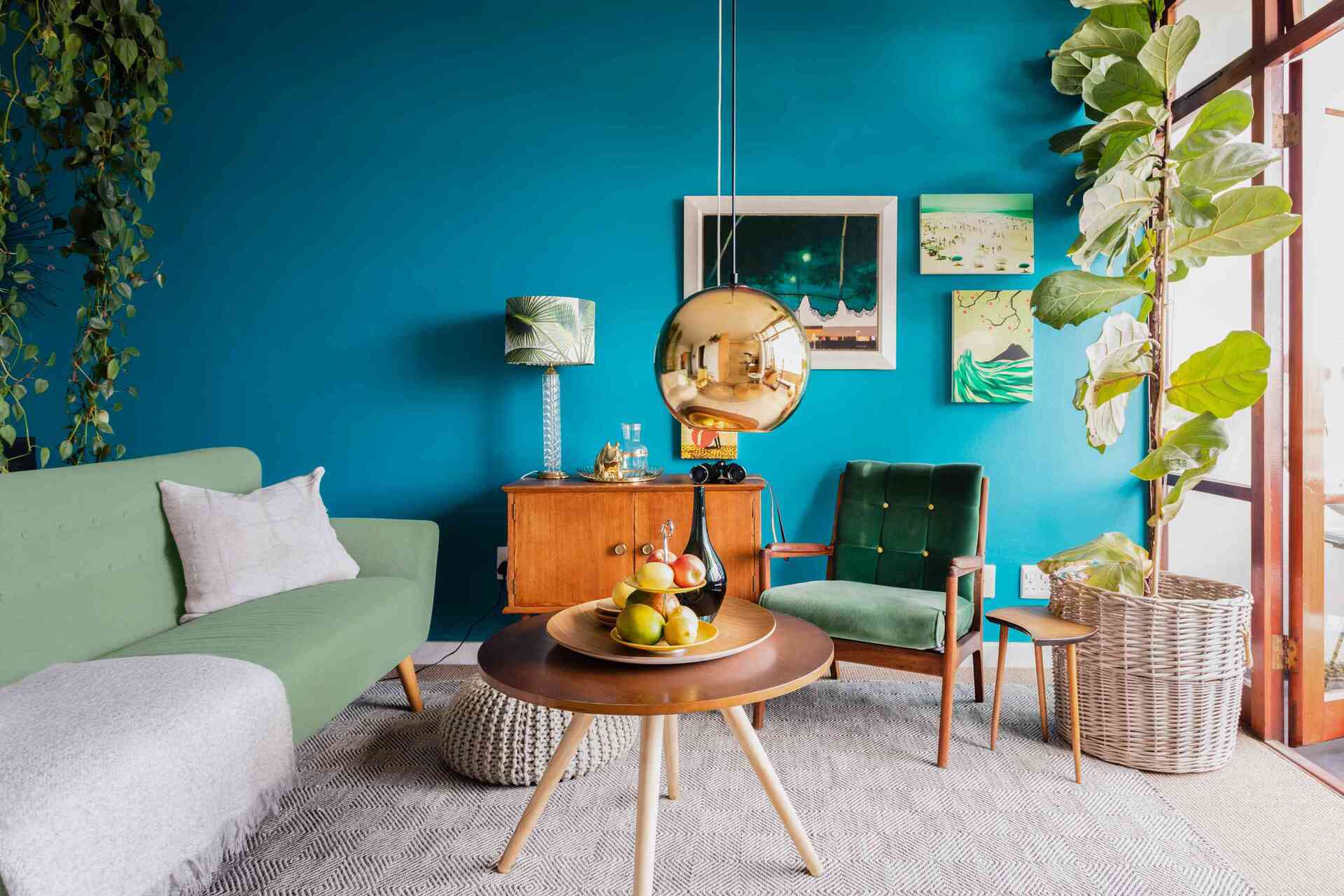
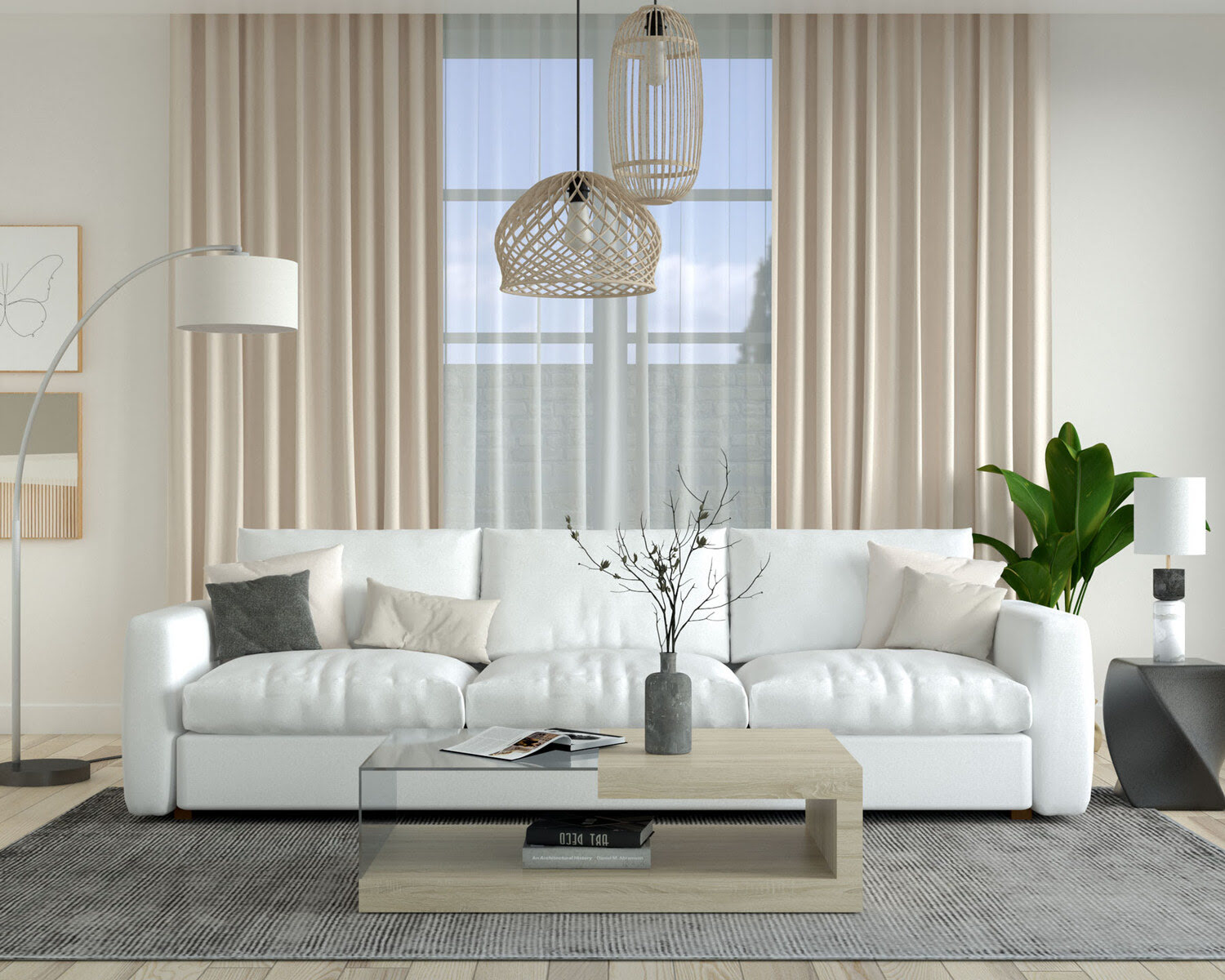
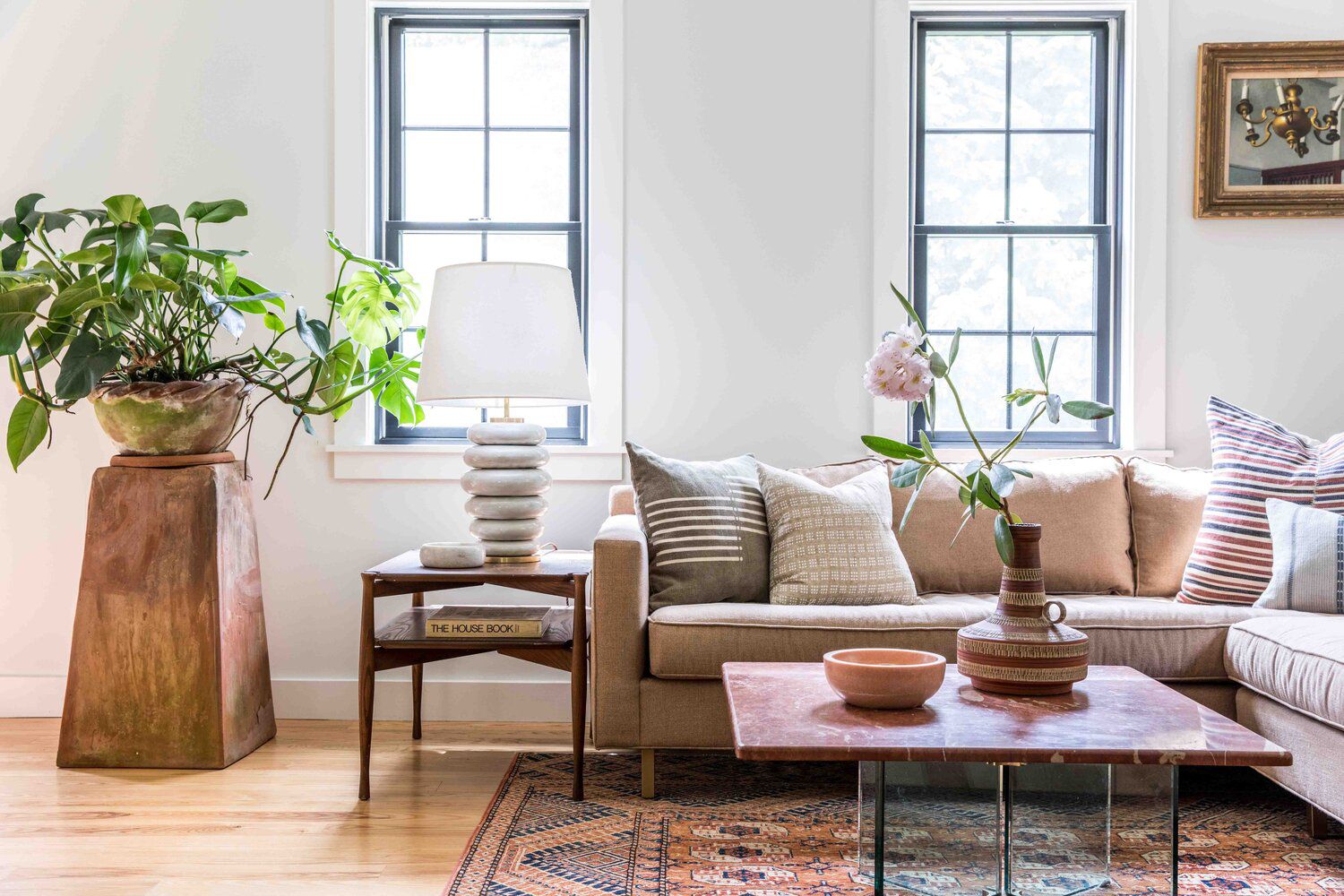
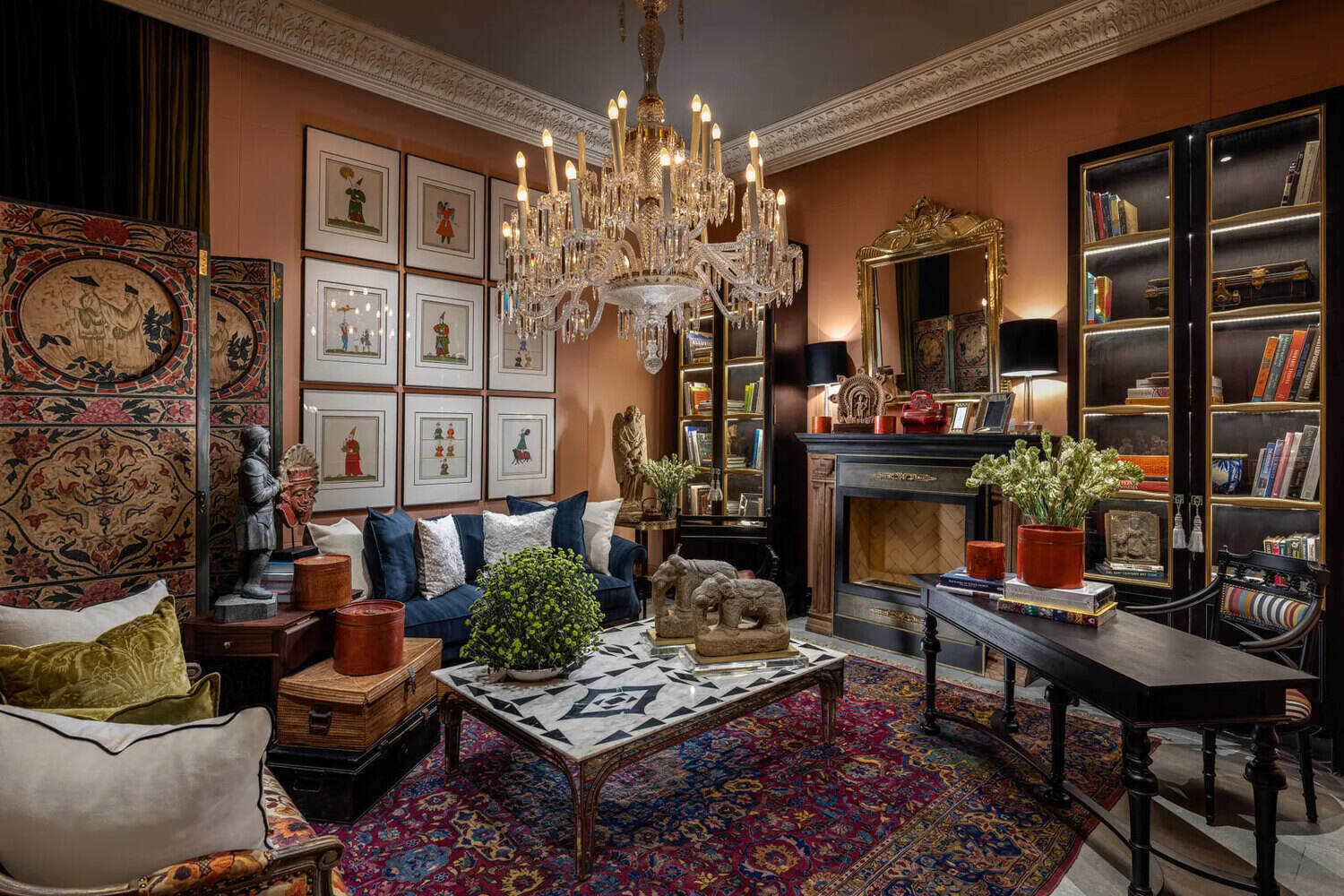
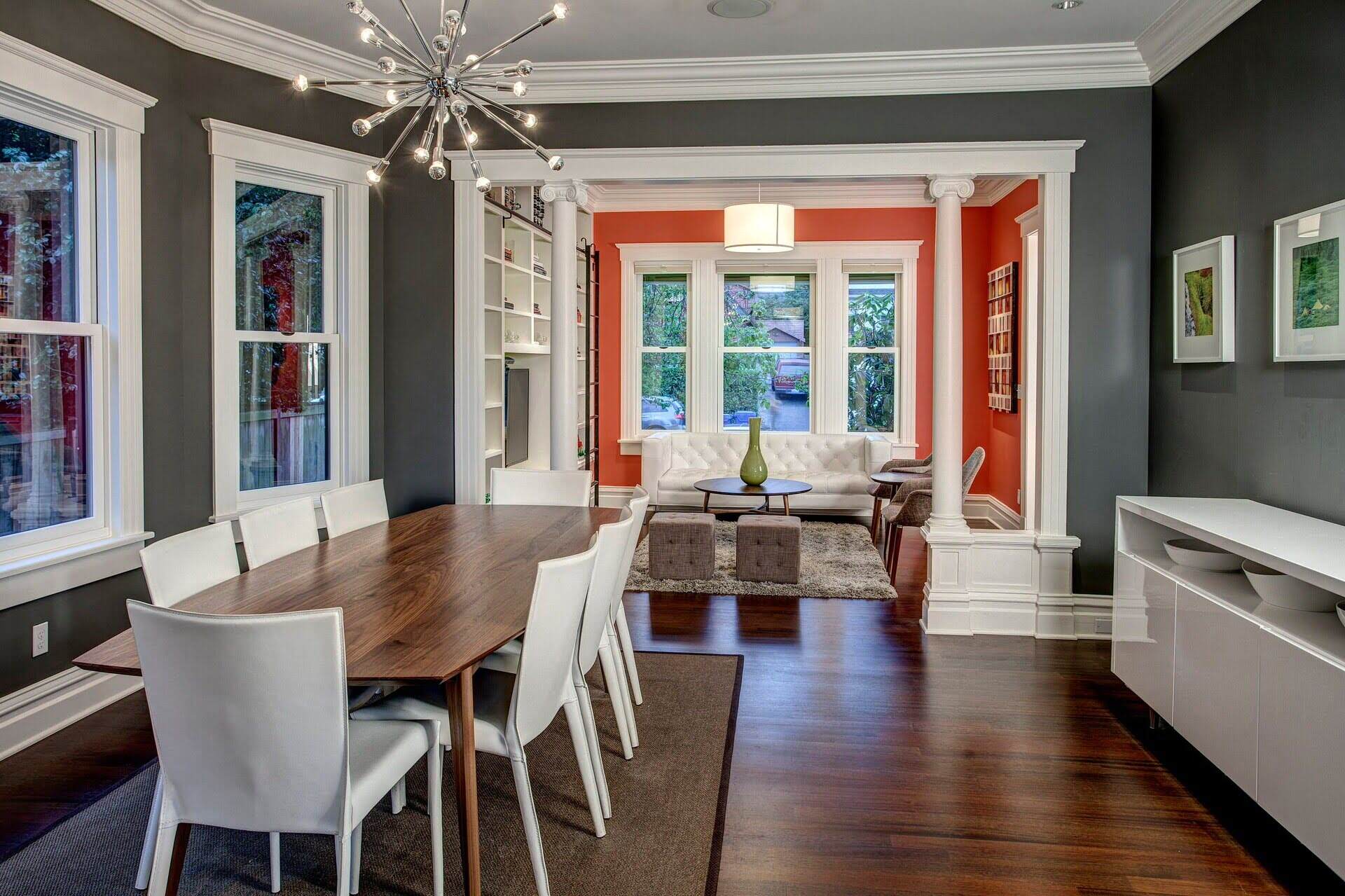
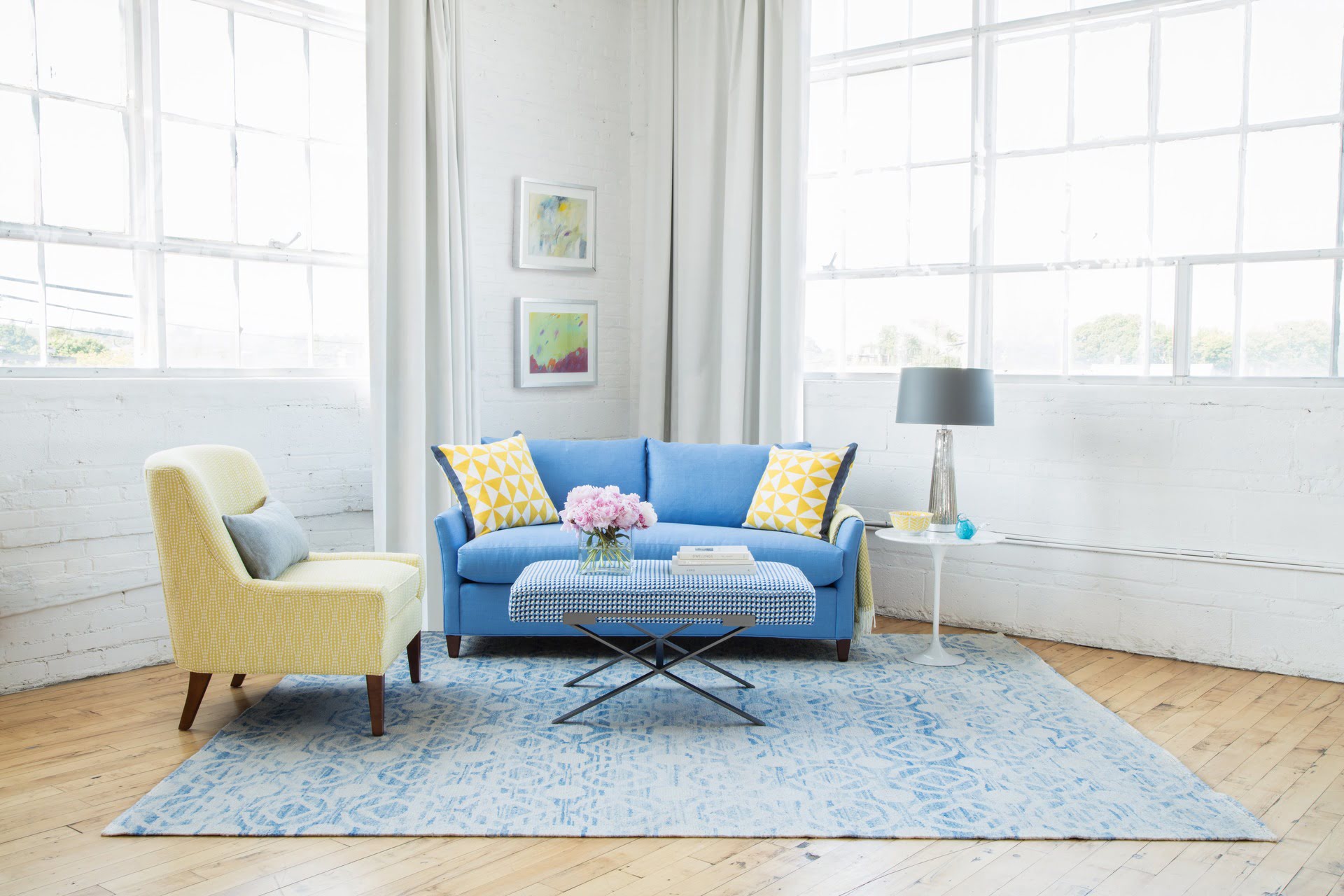
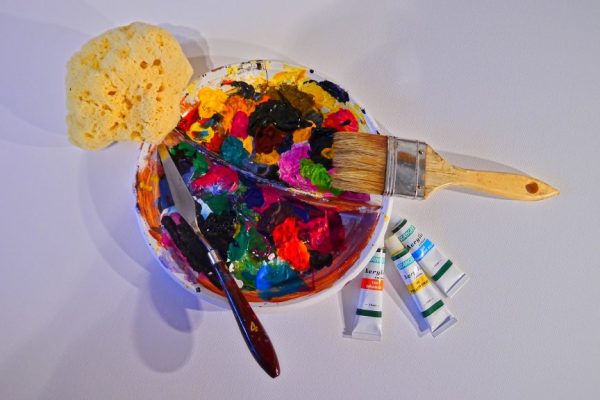
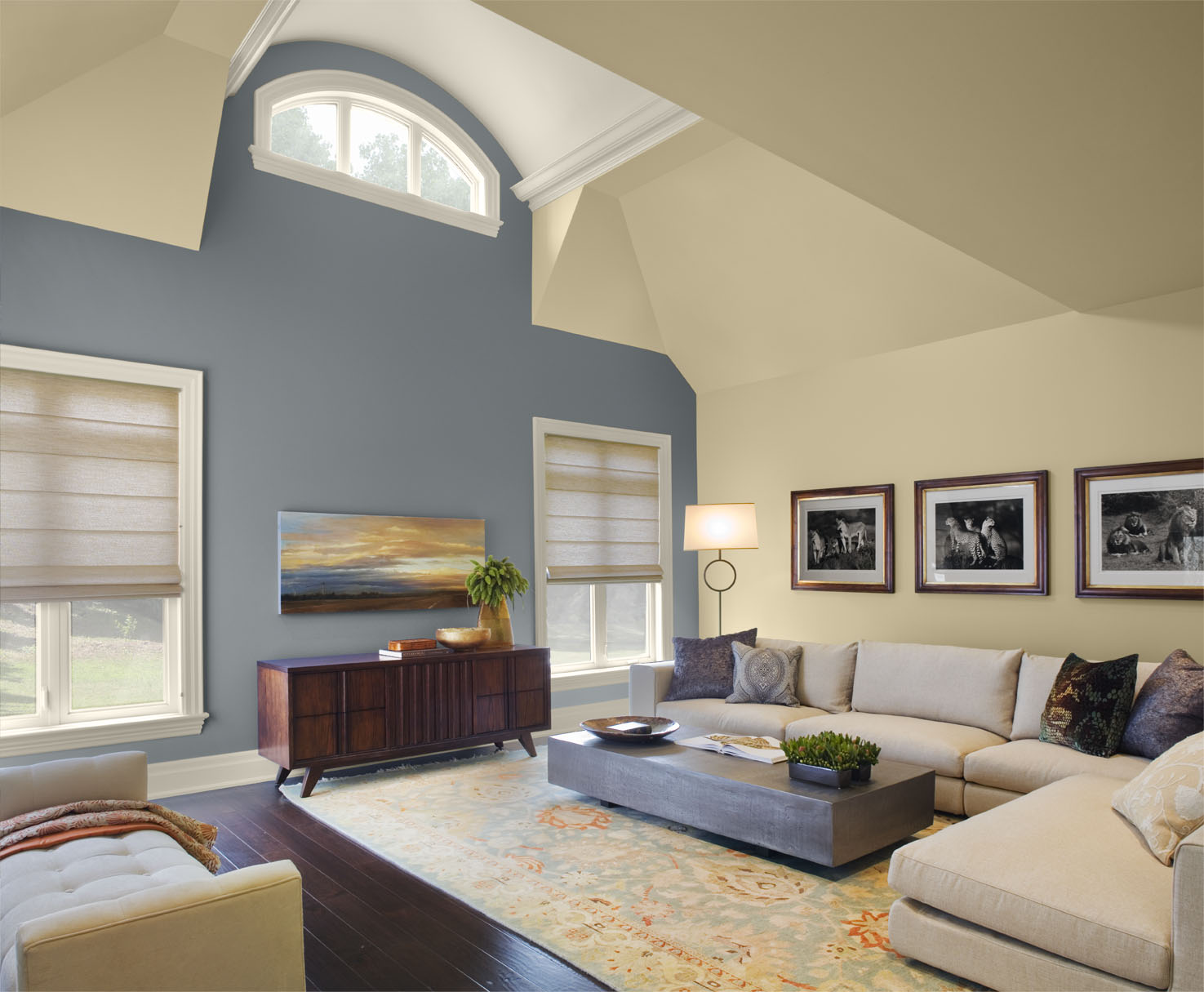
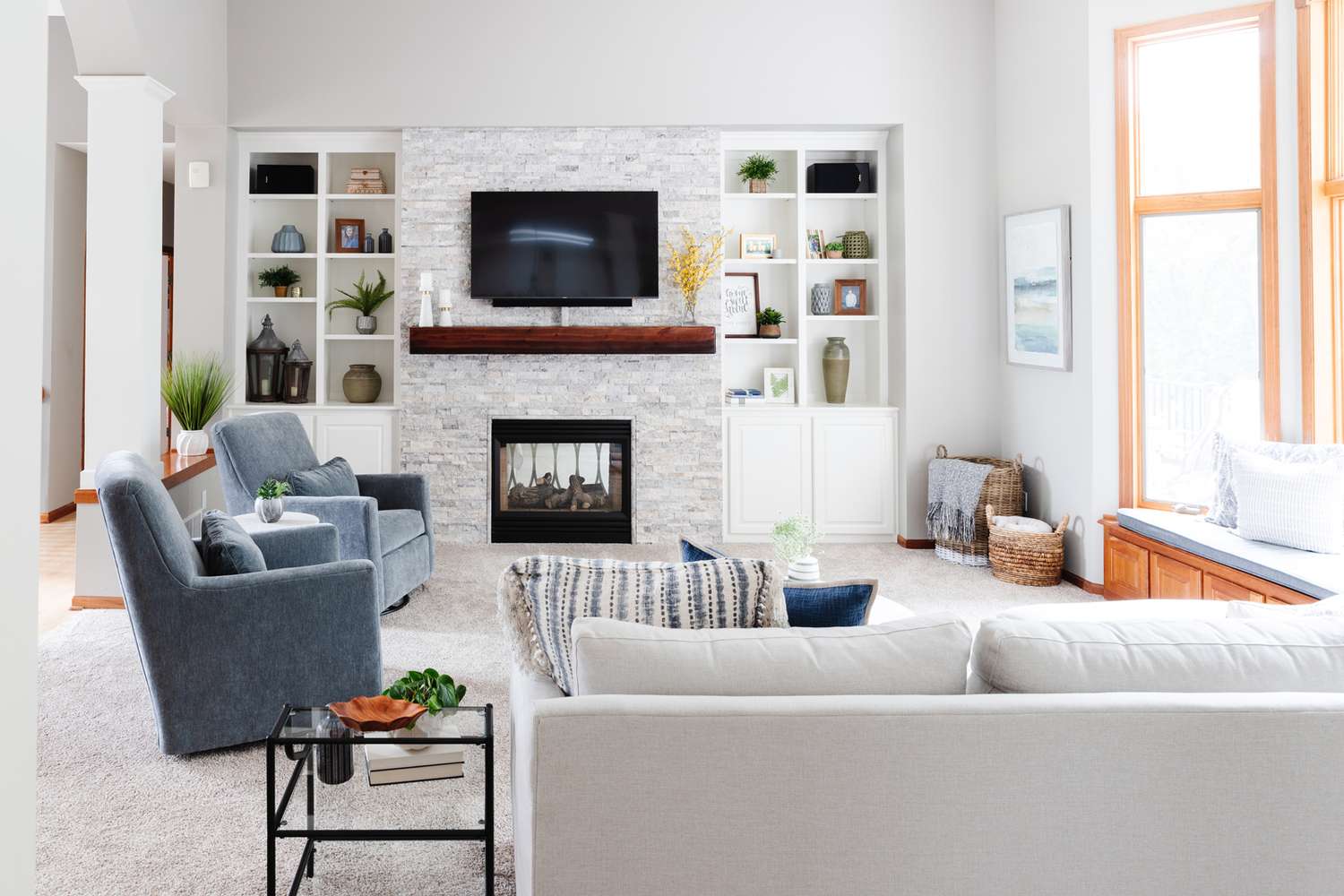
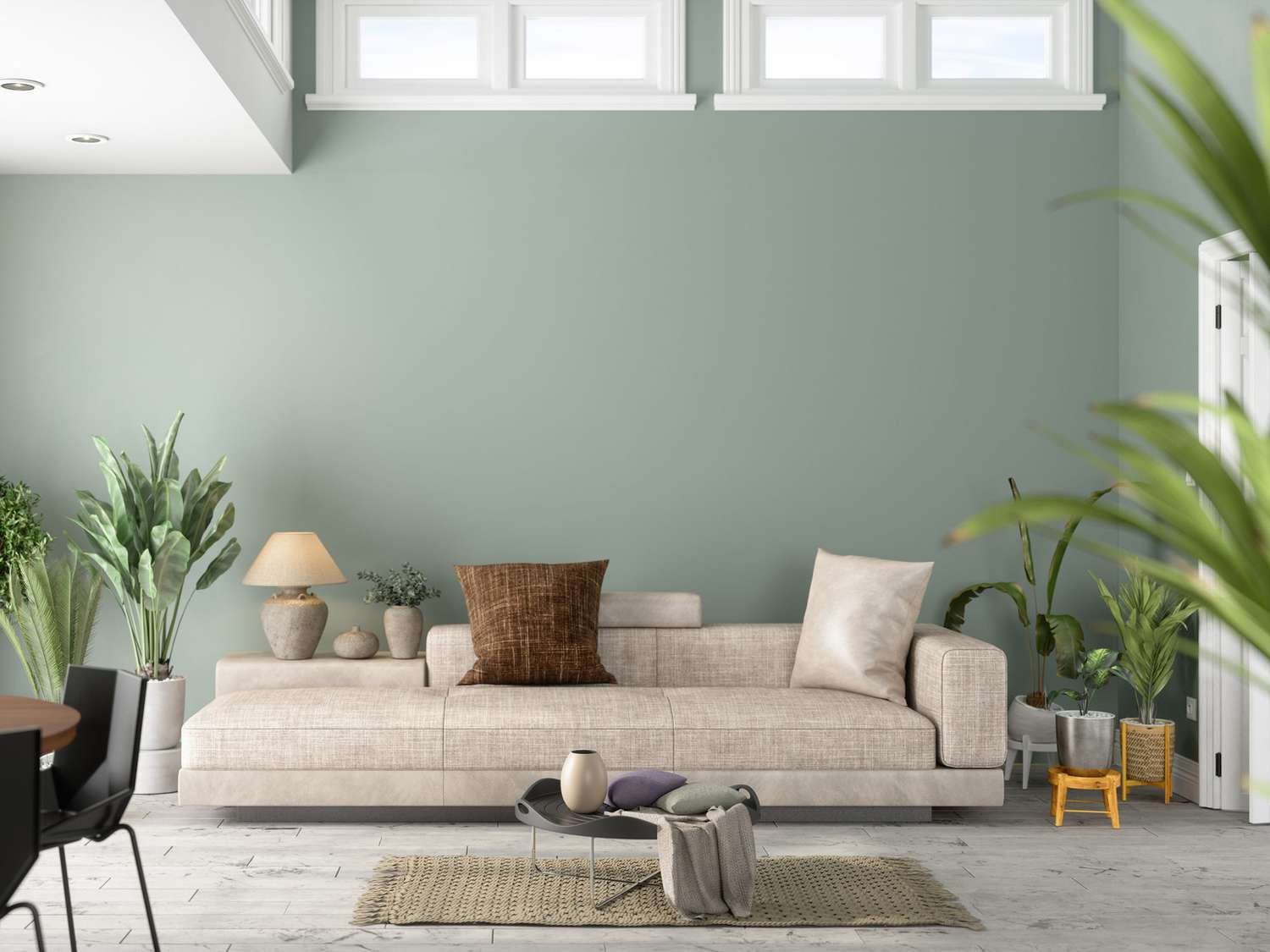
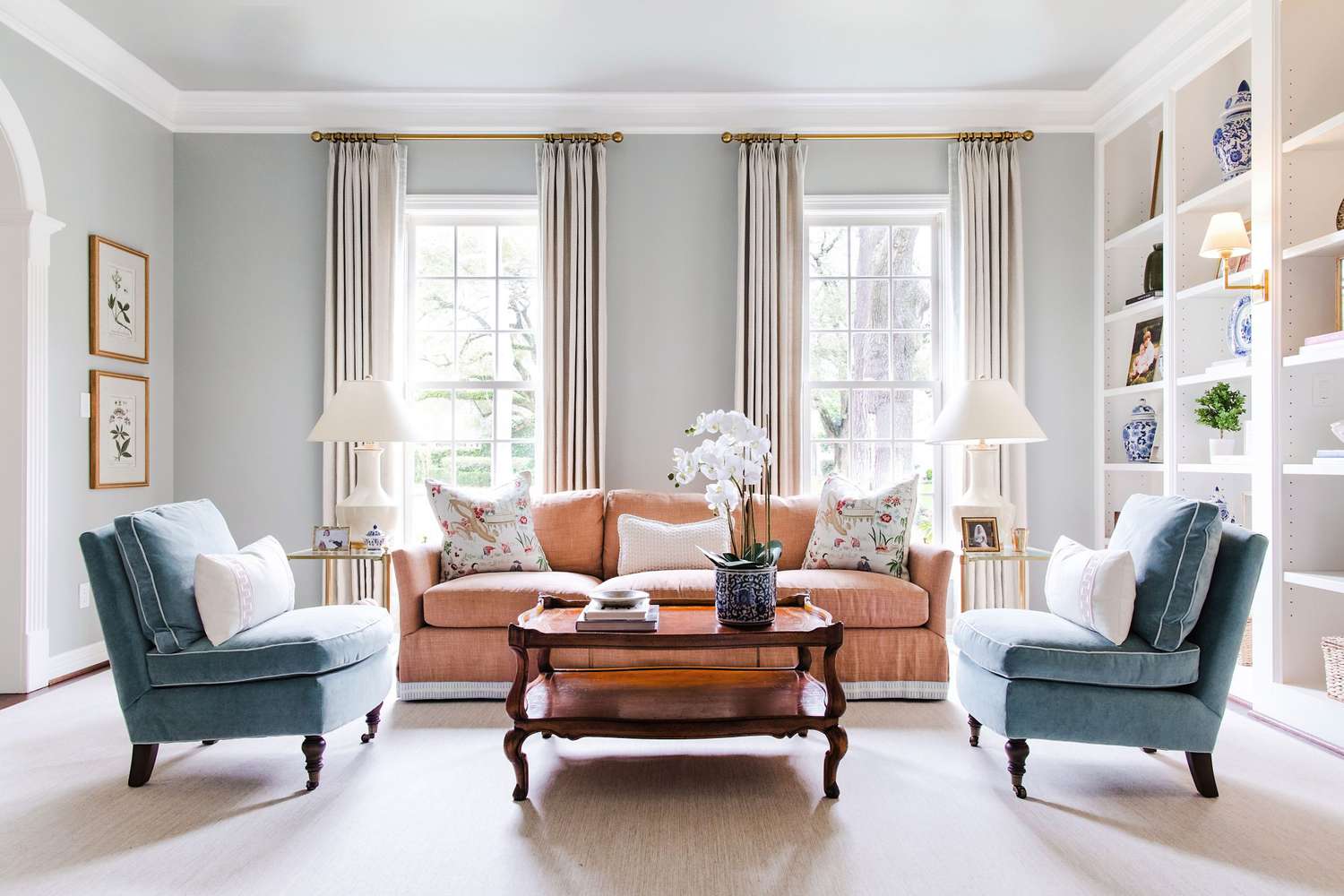
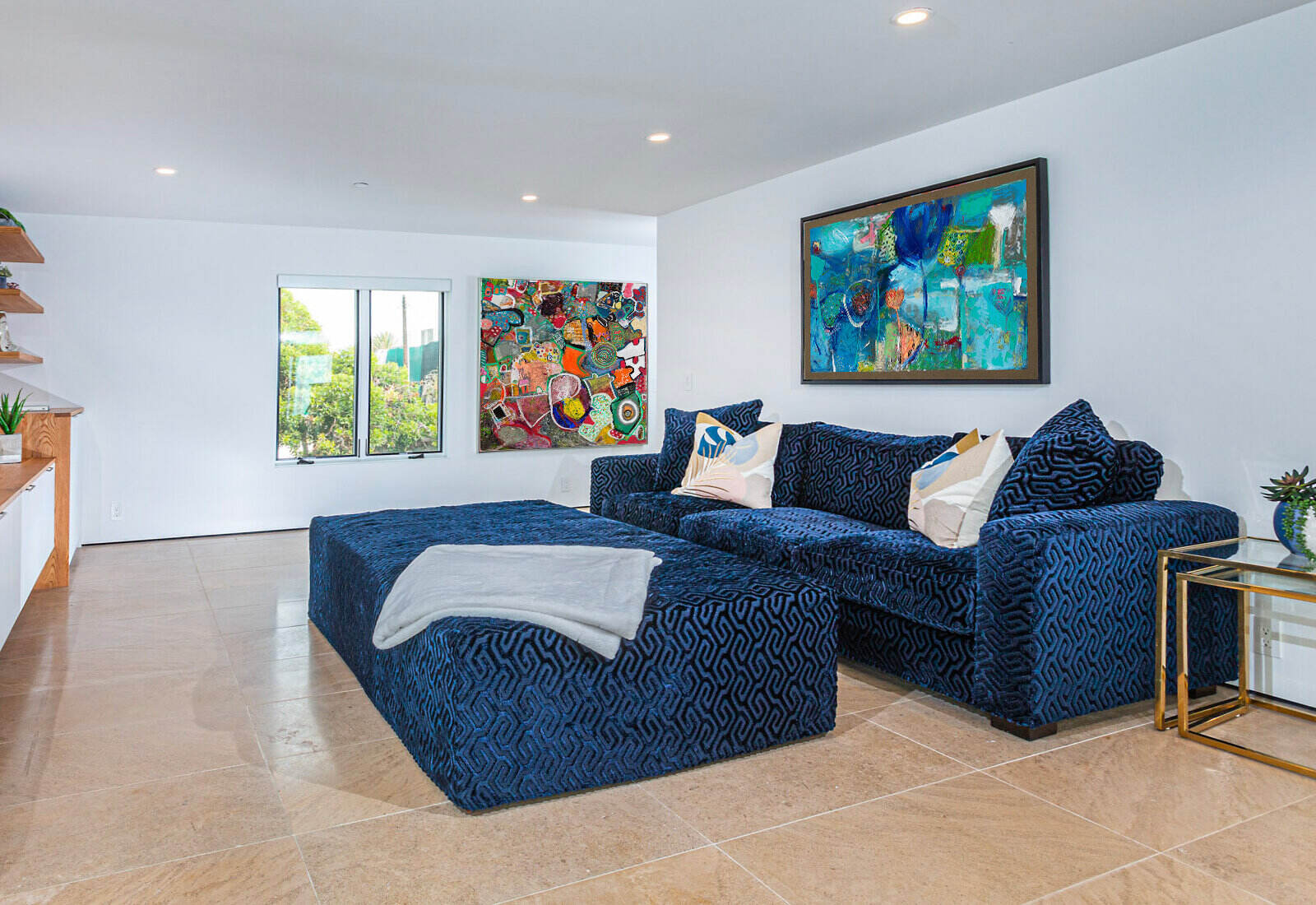

0 thoughts on “Kids’ Room Paint Ideas: How To Choose Paint For A Child’s Room”